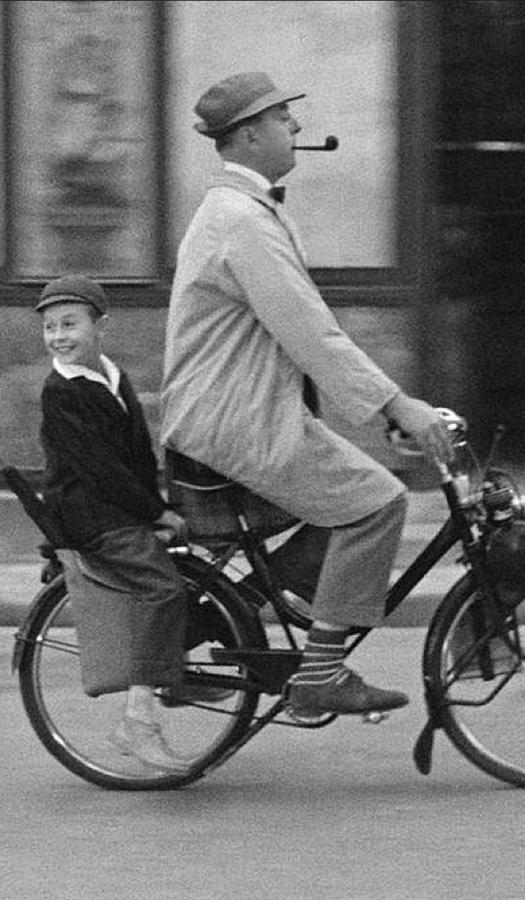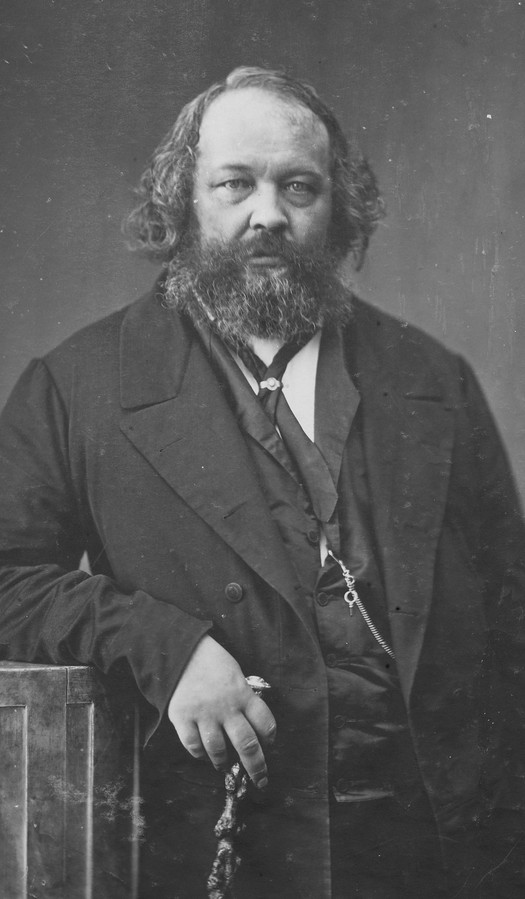Mikrodystopies? What's that?
Mikrodystopies describe unusual situations in an ultra-short text, just a few characters, and project us into a not-so-distant future where social networks, robots and artificial intelligence truly have invaded our daily lives.
Mikrodystopies are short because they come from Twitter (now *X) on which they were published from 2018 to 2023. Each situation, in their futuristic daily life, is described in 280 characters, not one more, including spaces. This is the length of a tweet, and it still allows a lot of ideas and imagination to be shared. This size constraint really makes the exercise of writing and conciseness more fun and interesting.
If your curious, some of the Mikrodystopies were collected into a book by C&F Éditions in 2020, available in French. They are also available online, always in French, on a dedicated website: www.mikrodystopies.com.




